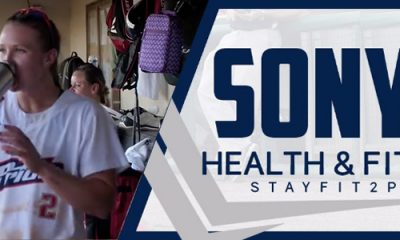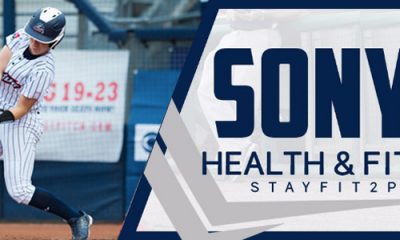This question is the single most dilemmas on many parents and coaches’ minds. Since my expertise is on the injury prevention side I have taken a step back to look at how today’s young athletes are training. Recently, it has become the new norm to play a sport year round with combined club and school sports overlapping each other. The culture surrounding youth sports seems to have the mentality that more is better. More practice, more games will lead my child to perform better, and potentially reach their goals of playing in college or professional level. This methodology could not be more detrimental to younger athletes due to several factors such as: frequency of regular exercise, second the physical make up of young athletes, and ill equipped access to qualified strength and conditioning coaches.
Many youth are in a public school system that has removed a good portion physical education from their daily curriculum. Now the frequency by which younger athletes participate in a mobile active lifestyle tends to become less frequent. Therefore the acclimatization for athletes in a sport tends to be less gradual and more of a shock to the system.
The physical make up of younger athletes generally entails growth plates that are still open and muscles that have not yet had the opportunity to gain strength or gain fine motor control. The National Strength and Conditioning Association eluded to this concept in their 2016 mission statement where they stated ” …youth should engage in multidimensional strength and conditioning programs that use a range of training modes to develop both health- and skill-related components of fitness, prioritizing neuromuscular training that enhances both muscular strength and motor skill prowess, starting from early childhood, is recommended for the long-term physical development of both children and adolescents.” Therefore, multiple sport participation will utilize different muscle groups and joints, which will allow the body to develop and grow more symmetrically.
However, if your child or athlete is already specializing in one sport you have a responsibility as a parent or coach to ensure they have off days and days where their focus is also spent on their bodies physical development. This is where finding a qualified strength and conditioning coach is important to create a training program that will provide safe guidance in how to strengthen and maintain balance in your athlete. A more recent study in the British Sports Medicine Journal (2016) concluded that having appropriately prescribed training program can develop physical qualities which will protect against injuries due to the fitness levels of the athlete being at an overall better state.
In summary, the goals of younger athletes are to enjoy the game they are participating in and to learn some life lessons along the way. As parents it is our job to keep some perspective of the game and ensure the physical demands of “play” do not exceed the need to recover, prepare, and train the bodies of these younger athletes.
Gabbett, T.J. The training-injury prevention paradox: should athletes be training smarter and harder? British Journal of Sports Medicine. 2016;81-8.
Rhodri, S. L, Cronin, J.B., Faigenbaum, A.D., Haff, G.G., Howard, R., Kraemer, W.J., Michell, L.J., Myer, G.D., & Oliver, J.L. National Strength and Conditioning Association Position Statement on Long-Term Athletic Development. Journal of Strength and Conditioning Research. 2016;1491-1494.
Schwebel, David , & Brezausek, C.M. Child Development and Pediatric Sport and Recreational Injuries by Age. Journal of Athletic Training .2014; 780-785.















You must be logged in to post a comment Login